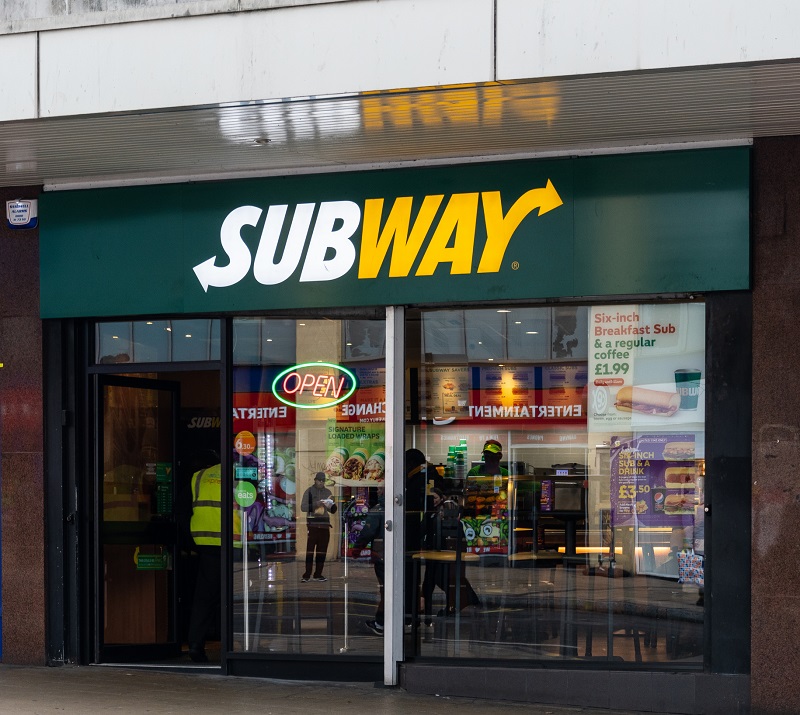While much has been written on the ways culture trumps strategy, I have never seen this philosophy in effect until I was able to spend some time with the Ben & Jerry’s family. And let me just say that what I learned from this experience is that culture trumps strategy every single time.
For me, their heritage and culture is so rich that it completely trumps their business strategy. They are connecting emotionally in their communities and their group understands that waking up in the morning to do important work is not just about making money. While they acknowledge that profitability needs to be there, it is in fact a byproduct of their group’s higher purpose.
Culture is the set of expectations companies place on their workforce and the unwritten (or written) guidelines that influence individual behavior within the company. In contrast, strategy is an outline of a company direction and how it intends to get there as a unit.
When seeking a franchise business, invest in discovering its brand culture. Questions to ask yourself include:
1. What does the company culture look like?
2. How is the culture integrated into the brand values?
3. How are those values honored throughout internal and external communities?
4. What is the company leadership doing to ensure the retention of its culture and values?
5. Are employees engage in protecting the brand culture and values?
Once you have the answers to those questions, you will better be able to determine whether culture leads the strategy or the opposite.
In order to build your own thriving company culture, follow these four guidelines that have aided Ben & Jerry’s culture and value-driven success.
1. Leadership alignment: Whether you’re running a new business or want to change the structure of an existing one, make sure the leadership team is in agreement on the type of company culture everyone wants to create. Without leadership alignment, even the best company culture can get derailed. Once you have determined the company’s culture, make sure that culture is reflected in the leadership values from the top down.
2. Focus: Establishing a company culture is just the first step toward the goal of creating a successful one. One your team has decided what it wants to create, it will take time, focus and energy to keep it moving forward.
3. Communicate: This is key when it comes to sharing your brand values and culture. Not only should they be communicated internally, but externally as well. Shareholders, family members, media and other business leaders will be interested in your story and what your brand culture is all about. Employees must also understand the brand culture you’re trying to create and why. This will give them an opportunity to identify and engage with the brand, its leaders and its place in the community.
4. Follow through: Put a structure in place that consists of quarterly, semi-annual or annual reviews that are designed to ensure things are progressing. If the focus has shifted, use these reviews to get everything back on track or to re-engineer the company’s cultural and value-driven priorities.
Not sure how much can you afford?
Fill out our Franchise Affordability Calculator


Voyage Franchising
Related Articles
Open Your Own Independent Business or Buy a Franchise?
From the outset, you’ll have some obvious questions you’ll need to ask yourself before you can start formulating your own strategy to begin your venture.
New York Times Investigates Subway’s Abuse of Franchisees
New York Times investigation into the use of questionable practices by one its Franchise Development Agents that culminated in the agent acquiring two of a franchisees Subway stores.
The Fall of A Giant – Are Subway’s Healthiest Days Behind Them?
Not even a decade ago, Subway was the champion of healthy eating. In fact, they were the largest fast food chain in the world.
What Sub-Franchising Really Means
Sub-franchising is frequently confused with other franchise models, including area developers, master franchisors, regional developers.
Maximize Market Penetration and Branding with Multi-Unit Franchisees
Multi-unit franchising grows in popularity, in the Quick Serve Restaurant sector, this model continues to expand into other franchise sectors in popularity.
The Top 10 Franchise Grade Facts & Figures From 2017
Detailed studies on emerging franchise success rates, errors in Item 20 disclosure and sector performance, Franchise Grade’s reports help you.
A Road Block to Franchise Growth is Right Under Your Nose
New franchise growth is the top priority for emerging franchise brands. Many of these franchises have an obstacle on the road to more franchise locations.








